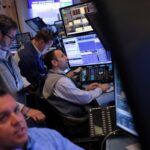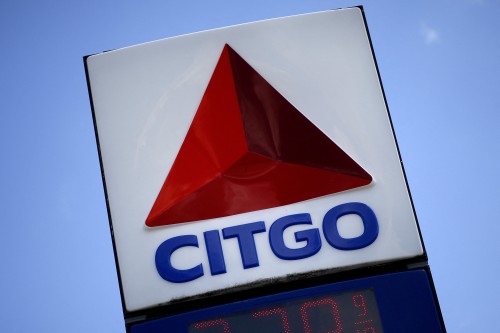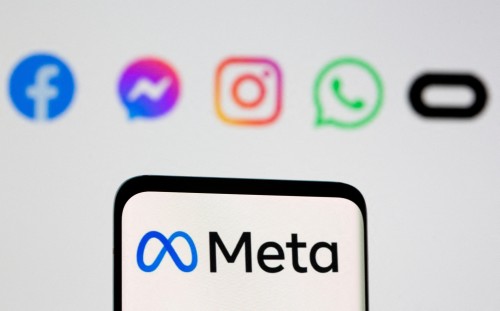By Howard Schneider
WASHINGTON (Reuters) – U.S. Federal Reserve officials remain set to raise interest rates at their May 2-3 meeting but key data between now and then, particularly a survey of bank lending officers, may shape how they weight the risks facing the U.S. economy and whether they decide to pause further increases.
Since the March 21-22 meeting Fed officials say they have kept in close touch with bank executives and contacts in other industries to gauge how the dramatic collapse of Silicon Valley Bank on March 10 affected the willingness of financial firms to provide credit to businesses and households, and try to gauge if bigger problems threatened.
The increased monitoring has included daily checks on liquidity, Fed officials said, and a drive to be sure all banks had the paperwork ready to borrow quickly from different Fed facilities should it be necessary – signs of how seriously top central bankers viewed the collapse of SVB and the smaller Signature Bank.
However the fallout since then has been muted enough that Fed officials, in their final comments before a pre-meeting blackout period begins on Saturday, have swung their focus back to persistently high inflation and the need for at least one more quarter point interest rate increase.
Overall bank credit did fall about 1.5% in the three weeks from Wednesday, March 15 to Wednesday April 5, and there were initial outflows of deposits from smaller banks to larger ones. But those flows quickly stabilized, and the Fed’s recent Beige Book compendium of observations about the economy showed the lending impact seemingly regionalized, not evolving into an imminent national credit crash.
“There was some turbulence…and it kind of worked itself out,” Atlanta Fed President Raphael Bostic said in an interview with Reuters of the time following the SVB collapse. “Our team started asking bankers lots of questions. Are you seeing deposits leave? Are you getting elevated calls?…There was heightened alert.”
But Bostic said when he asked staff if they’d heard anything out of the norm, the response was “no, we really haven’t.”
Similar comments have come from across the Fed system in recent weeks, with an attitude of wariness and a more intense information flow followed by a sense that the worst problems seem to have been avoided.
Investors in federal funds futures have followed that by raising their own expectation the U.S. central bank will follow through with its tenth consecutive rate hike. The quarter point increase expected at the May meeting would raise the benchmark interest rate to the range, between 5% and 5.25%, that Fed policymakers projected in both December and March would likely be the peak for the current round of policy tightening.
GRAPHIC: Rates and inflation https://www.reuters.com/graphics/USA-FED/INFLATION/gkvlgnaywpb/chart.png
Investors are also betting, in large part, that the next rate hike will in fact be the last one, despite an increasingly muddled situation in which some of the information central to the Fed’s debate won’t be publicly available until after the meeting.
The headline data since the Fed’s last meeting has pointed to developing economic weakness and provided reasons to think inflation will slow. Indeed Fed Board of Governors staff at the March meeting of the Federal Open Market Committee projected a “mild recession” would begin later this year.
At the same time, hiring remained strong through March, and wages continue growing faster than Fed officials feel is sustainable. Inflation remains so persistent across important areas of the service industry that one influential policymaker, Fed Governor Christopher Waller, heads into the meeting having declared progress on inflation “more or less stalled.”
The Fed will receive updated information next Friday on the Personal Consumption Expenditures price index, the metric it uses to set its 2% inflation target. As of February annualized PCE inflation was 5%.
An updated Employment Cost Index will also be released that day, providing a broader view of employer labor costs. The ECI is only released quarterly and includes both worker pay and benefits like healthcare, giving what Fed officials regard as a clearer sense of employment-related cost trends.
Carrying perhaps even more weight at the upcoming meeting will be the results of the latest Senior Loan Officer Opinion Survey, a questionnaire sent to a sample of U.S. banks every three months with the results presented at every other Fed meeting.
Because the SLOOS report will be released publicly about a week after the Fed convenes, markets and investors will have no way to process it in advance, unlike most other economic data relevant to the central bank’s decision-making.
Though it is qualitative information, the SLOOS questions about whether banks are tightening or loosening loan standards are seen as a leading indicator of lending trends.
For Fed officials, it could influence their view of whether the economy and inflation are likely to slow more – perhaps much more – quickly than anticipated. That in turn could shape views about whether interest rates can be held steady after the next rate increase or need to rise further, and how that outlook is characterized in a Fed policy statement that currently says “some additional policy firming” will likely be needed.
In the last SLOOS survey, presented at the Fed’s Jan. 31-Feb. 1 meeting and released publicly about a week later, loan officers reported that conditions were tightening, though Fed staff noted in their presentation of the results that some key types of credit to businesses and households continued to grow.
GRAPHIC: Loan officers say the crackdown has begun https://www.reuters.com/graphics/USA-FED/CREDIT/egvbylyxxpq/chart.png
Economists expect the upcoming survey will show conditions tightening further still, this time alongside data showing credit from banks in decline.
For the Fed the challenge will be deciphering if that is all just the expected impact of a record-setting year of rate hikes finally being felt in the economy, or something that goes beyond what’s needed to control inflation.
While a broad banking crisis may have been avoided, the focus is now on “the severity of the tightening of lending standards” seen in the SLOOS, Oxford Economics Chief U.S. Economist Ryan Sweet wrote recently.
The last survey already points to a drop in business investment later this year, and “the risks continue to be weighted towards a larger hit to gross domestic product,” he said. “Banks may not be done tightening lending standards, which will restrict access to credit, hurt business investment, reduce business formation, and weigh on job growth and consumer spending.”
(Reporting by Howard Schneider; Editing by Andrea Ricci)











